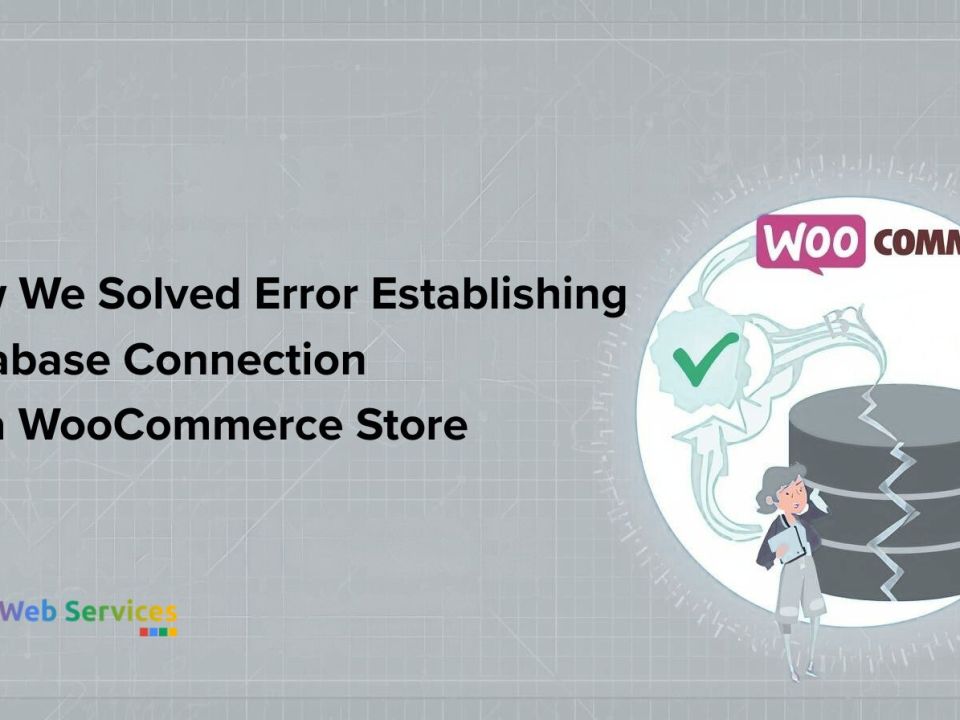
Cloud Computing Services Are Not a Commodity
22 April 2019
How the Cloud Enhances Your Dedicated Server?
2 May 2019There is a lot of buzz around Artificial intelligence (AI) again and finally, it is getting the traction. AI has been around for a while and has been conceptualized even before. AI, typically defined as the ability of a machine to perform cognitive functions associated with human minds (such as perceiving, reasoning, learning, and problem-solving), includes a range of capabilities that enable AI to solve business problems.
It’s only recently that AI is now getting the attention of mainstream applications and various companies are adopting it for their digital transformation. AI, a massive technological advancement that is being adopted at an increasing rate within the enterprise. In fact, a recent Gartner CIO Survey showed that the number of organisations using AI has rocketed 270% since 2015.
One critical factor of using AI effectively, the results confirm, is an organization’s progress on transforming the core parts of its business through digitization. Conversations we have been having with our customers show that there are still several barriers that are hindering the adoption of AI, despite the industry excitement. These include:
- Corporate Culture and it’s resistance to change.
- The appropriate infrastructure not being in place
- The right people available to manage such a technology shift
- Fear of the unknown: business continuity and disruption
Cultural barriers
Put simply; this is all about resistance to change. Human beings, it is often noted, tend to be creatures of habit; once we find a method of carrying out a task that seems to get the job done effectively and efficiently, we like to stick with it. It often takes some persuasion before we will see that the disruption and expense that will inevitably be caused by altering procedures or adopting new processes will be worth the overall gains they will bring.
This could be as simple as a disinclination towards what can be seen as “handing over control” – whether that’s
Often this translates into to the not seeing the need for AI, and an incomplete understanding of the advantages it can offer. And in my experience education is usually the most effective means of overcoming this particular barrier. I spend a lot of my time working with boards and senior leaders to
Infrastructure Barriers
DATA, both business and personal, is fast becoming an essential utility like transport, energy, and water. It is critical to the efficient functioning of modern life. Thanks to developments in data technology, as well as advanced algorithms and super-fast processing, we now have AI that is capable of seeing and learning from patterns in data. The promise of AI is that it will make businesses more efficient and effective, increase profits, reduce costs, and generally make life easier and better for us all.
With such massive explosion of Data, for AI to work properly, they require the right infrastructure without High-Speed connectivity or computing power AI will not be able to deliver the results that it promises. With TD Web Services, we are able to help you to get you the optimal infrastructure for your AI adaptation.
Shortage of talent
This is a real and pressing problem for most businesses wanting to adopt AI as well as
Although AI research has been ongoing for decades, it’s only relatively recently that these skills have been in demand by industry. And the massive growth in demand means that those with the abilities are able to ask for very high salaries and prestigious positions within the organizations that employ them. On top of this, those companies that already understand and heavily invest in AI – the Googles, Facebooks, and Baidu’s of the world – are often seen as offering the prime opportunities by those who do have the skillset, meaning other businesses face an uphill battle competing to attract talent.
However, this is likely to be a challenge that will be overcome, eventually, by the old-school economic principles of supply and demand. With data scientist increasingly cited as one of the most exciting (and lucrative) career options in coming years, the pool of talent is sure to grow.
Fear
Another completely natural and understandable human response. Fear of the unknown, as horror writer HP Lovecraft liked to point out, is the “oldest and strongest emotion of mankind.” And as visionaries including Elon Musk and Stephen Hawkin have pointed out in more recent years, there is a huge amount that is still unknown when it comes to the part AI will have to play in our future.
In an immediate sense, this fear could revolve around a growth in distance between the human workforce and the job they are paid to carry out – decisions made by computer algorithm can be difficult to predict and understand. This leads to a fear that humans are losing control and may possibly no longer be regarded as the “experts” in their field of work.
The middle-term fear is of increasing human redundancy – if machines can carry out the work more efficiently and effectively, where’s the need for humans? Futurologists have predicted that this could go two ways – either leading to a utopian existence where robots fill all our basic needs and humans are free to pursue leisure, intellectual and artistic
I believe that instead there is an attractive middle ground (as there is so often), where the solution is to roll out intelligent tech to augment our work and make it better for humans, rather than replace them.
Looking ahead
The first step of AI is digitization and certain foundational practices are critical to creating value from AI at scale. Here are several steps companies can take to capitalize on AI’s potential:
- Make progress on your digital journey. The results confirm that digitization is a prerequisite and critical enabler for deriving value from AI. The implications of continuing digitization are significant; for many companies, they involve transformation-level changes to the very business processes at the core of the enterprise and new ways in which people will work. But without a strong digital backbone, a company’s AI systems will lack the training data necessary to build better models and the ability to transform superior AI insights into behavioral changes at scale.
- Scale AI’s impact across the enterprise. While most companies have already deployed AI to some extent, few have embedded it into standard operating processes in multiple business units
or functions , and about one-third are only piloting the use of AI. While AI is still in its early days, getting stuck in “pilot purgatory” is a real risk.Achieving results at scale requires not only the diffusion of these capabilities across the enterprise but also a real understanding and commitment on the part of leaders to drive large-scale change, as well as a focus on change management rather than on technology alone. - Put key enablers in place. While the adoption of AI is happening fast, the survey suggests that organizations tend to lack many of the foundational enablers required to derive value from AI at scale. These enablers include top-management sponsorship, development of an enterprise-wide portfolio view of AI opportunities, action to close talent gaps, and the implementation of a sophisticated data strategy—all of which require more strategic thinking around AI programs and agendas. Business and technology leaders must work quickly to establish key AI enablers. Otherwise, they risk missing out on the current—and future—AI opportunity.










